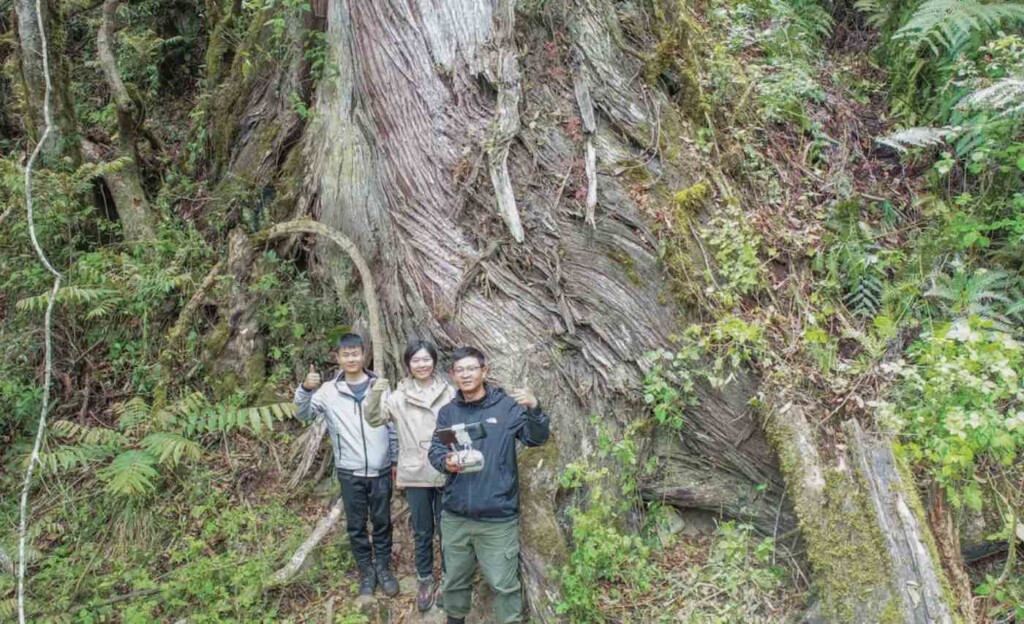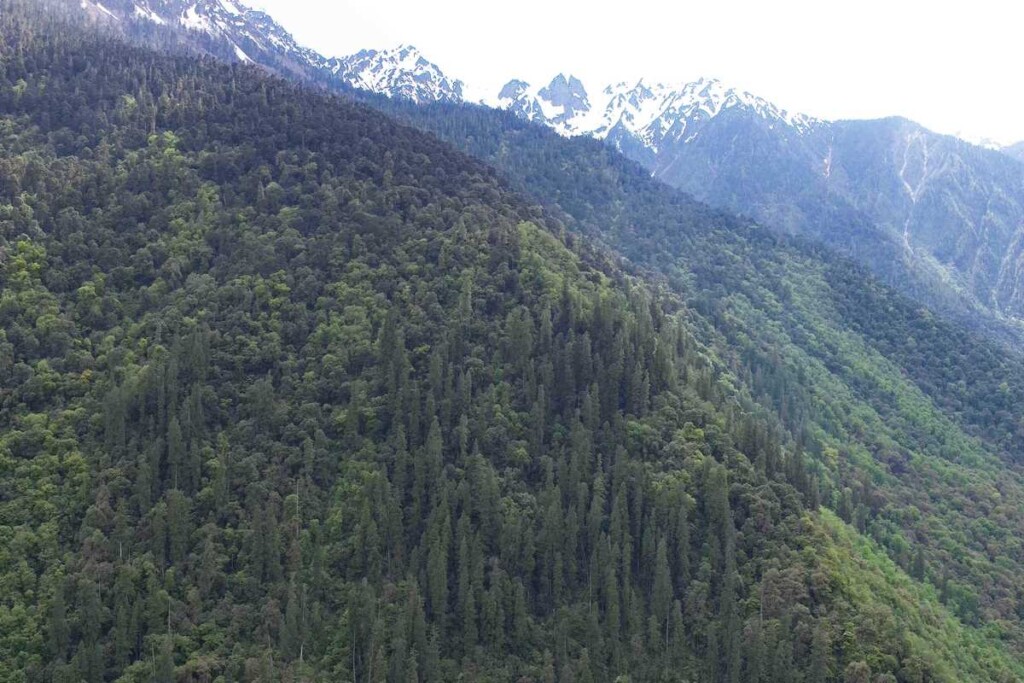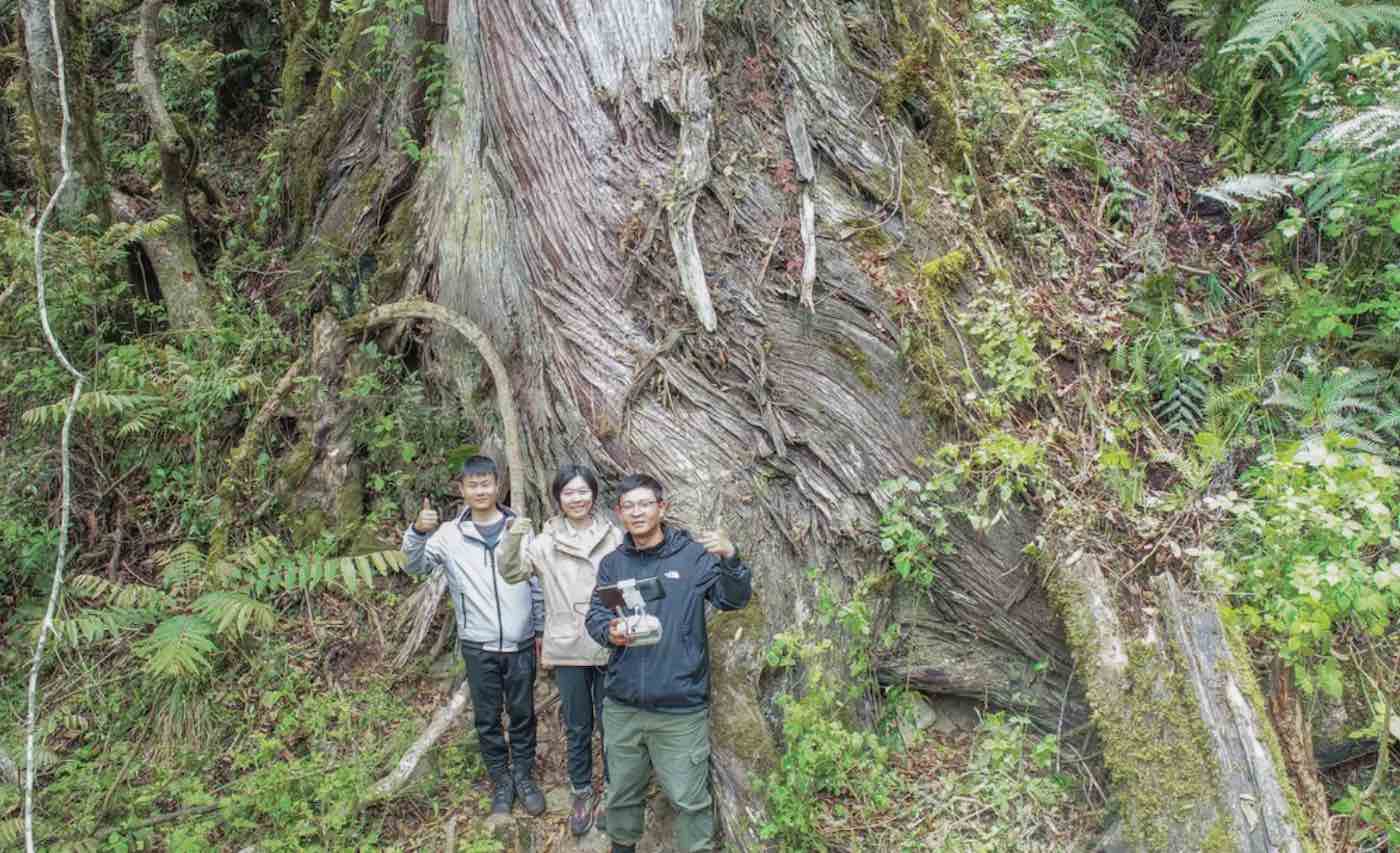
China is a big country with big buildings, big cities, big rivers, and a big population. But the nation’s penchant for big isn’t just an artificial one, nature plays along too.
If you look up “the tallest tree in Asia” on the internet, it may mention Menara, a yellow meranti tree Shorea faguetiana with a height of 330.7 feet (100.8 meters) found in Malaysia. The record, however, has now been broken.
Researchers at Peking University working in Yarlung Zangbo Grand Canyon Nature Reserve have recorded a Himalayan cypress Cupressus torulosa that has grown to 335 feet (102.3 meters). See the whole tree below, but it will take a few seconds to scroll all the way down.
This isn’t just the tallest tree in Asia, but the second tallest in the world behind America’s Hyperion—a coastal redwood that reaches 381 feet into the sky.
The researchers used a LiDAR drone survey to scrub away the leaves and measure the tree trunks of whole acres of forest quickly. This is how they were able to locate the giant cypress.

The cluster was first found by Li Cheng from the Xizijiang Conservation Center. Then a research group led by Guo Qinghua from Peking University carried a drone and backpack LiDAR to the deep forest, according to the university.
The scientists note that there were over 20 trees nearby that were over 295 feet tall (90 meters) and even more that were at or around 278 feet (85 meters).
MORE NATURAL WONDERS: Genetic Lineage of Thousand-Year-Old Oak Trees Seed an Experimental ‘Super Forest’
They also noted how important giant trees are to forest ecosystems, because within their long-lived genetics is contained knowledge that can be passed onto offspring about how to survive pests, droughts, and storms. They also provide numerous microclimates for fungi, birds, insects, and burrowing mammals.

The Yarlung Zangbo in Tibet isn’t called the “Grand Canyon” because China is famous for ignoring the intellectual property rights of American companies. It’s the deepest canyon found on land on Earth—measuring down 19,714 feet deep in some places.
The scientists are planning to establish a close and meticulous monitoring program to ensure the protection and long-term health of these wonderful trees.
SHARE This Story With Your Tree-Huggers On Social Media…




















